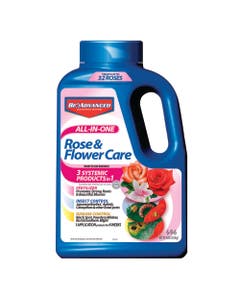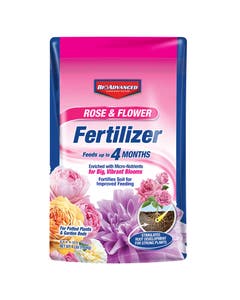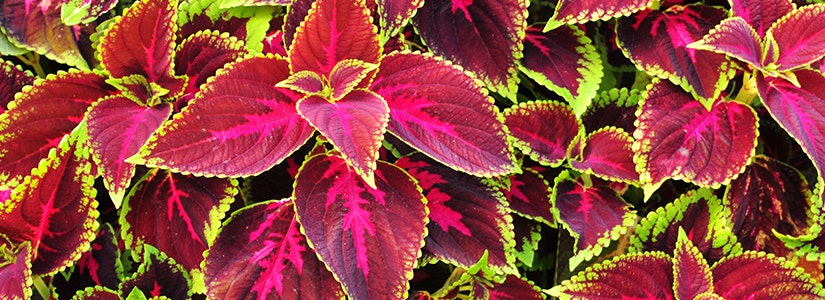

- Home
- Solution Center
- Learn
- Lawn and Landscape
- Bare-Root Plants: The Best Bargain In Gardening
Bare-Root Plants: The Best Bargain In Gardening
Cash in on one of gardening's best bargains: bare-root plants. These garden-ready plants don't demand tricky techniques. They're wired to grow and, despite their lifeless appearance, sprout new growth soon after planting
From fall through early spring, nurseries will be selling bare-root trees, shrubs and even perennials. Mail-order nurseries also ship their plants bare-root. Nearly always deciduous, bare-root plants are grown in fields and dug while dormant. For easy shipping, all soil is removed from the roots, which are sometimes packed in moist sawdust or wood shavings and wrapped in plastic. Other times they are simply bundled together and shipped as is. Nurseries then either plant them in containers or store them with their roots packed in moist shavings or sawdust.
What Types Of Plants Come Bare-Root?
Common bare-root plants include ornamental and shade trees, fruit trees, shrubs and vines, such as Grapes or Kiwi. You can also find bare-root Artichoke, Asparagus, Rhubarb, Bramble Fruits and Strawberries. Many roses and perennials are also sold as bare-root plants. Most bare-root plants are deciduous-type plants or become fully dormant in winter. Learn more about bare-root perennials, bare-root roses and growing bare-root trees.
Why Should I Grow Bare-Root Plants?
Bare-root plants offer several advantages:
- They're cheaper than the potted or burlap-wrapped versions sold at nurseries later in the year.
- You'll find a greater selection.
- These plants aren't grown in soil and are cheaper to ship, so you can get bare-root plants from mail order nurseries. This expands the selection of available plants.
- Because they've been grown in the ground, these plants have never been root-bound.
When Are Bare-Root Plants Available?
Look for bare-root plants at local nurseries and garden centers during late fall to early spring. When plants appear locally, it's the right time for planting in your region. Place mail orders for bare-root plants early in the season to ensure the best selection. The mail-order company will ship the plant during the correct planting window for your region.
How Can I Tell If A Bare-Root Plant Is Healthy?
When buying bare-root plants with roots wrapped in plastic, make sure the packing material is moist. Plants that still have adequate moisture will be heavier than dry ones. Avoid plants that have started to grow.
If the plants aren't packaged, inspect the roots. Healthy roots are flexible, bending instead of breaking, and you might see new, small, white roots. Look for roots that branch out in all directions. Avoid those with mushy, dry or damaged roots, or with roots concentrated on one side of the plant.
With mail-order bare-root plants, soak dry and shriveled roots in water for an hour or two to see if they rehydrate. If they don't, the plant most likely won't grow. If roots are mushy and smelly, your plant probably has root rot and won't grow. With roses and other woody plants, check stems to make sure they're not shriveled and dry.
Planting – Sooner Is Better
Same-day planting is ideal. When mail order plants arrive, it's best to plant them that day. The rush is because once these plants leave refrigerated storage, they begin to break dormancy, which means they need moisture and nutrients. Rehydrate plants by soaking them in water before planting. Follow instructions on packaging for specific soaking times. Ultimately, you want bare-root plants in soil before buds begin to swell or new growth appears.
If You Can’t Plant Right Away…
Store plants in a cool area (35-40ºF) out of direct sunlight, such as the north side of the house or a cold garage. Keep wraps in place over the roots to retain moisture. For mail-order plants, remove plants from boxes before storing and check packing material around roots. Moisten lightly if they're dry. Don't let the roots dry out. You can safely store most bare-root plants for 2-3 days without adverse effects. If soil isn't frozen, you can also temporarily plant bare-root plants by digging a shallow trench and covering roots with soil or by tucking plants into pots.
Will Bare-Root Plants Go On Sale?
Yes, but you should be wary of late-season discounts. When bare-root plants don't sell, they're often marked down. Purchase these plants at your own risk. They don't always take off once planted.












